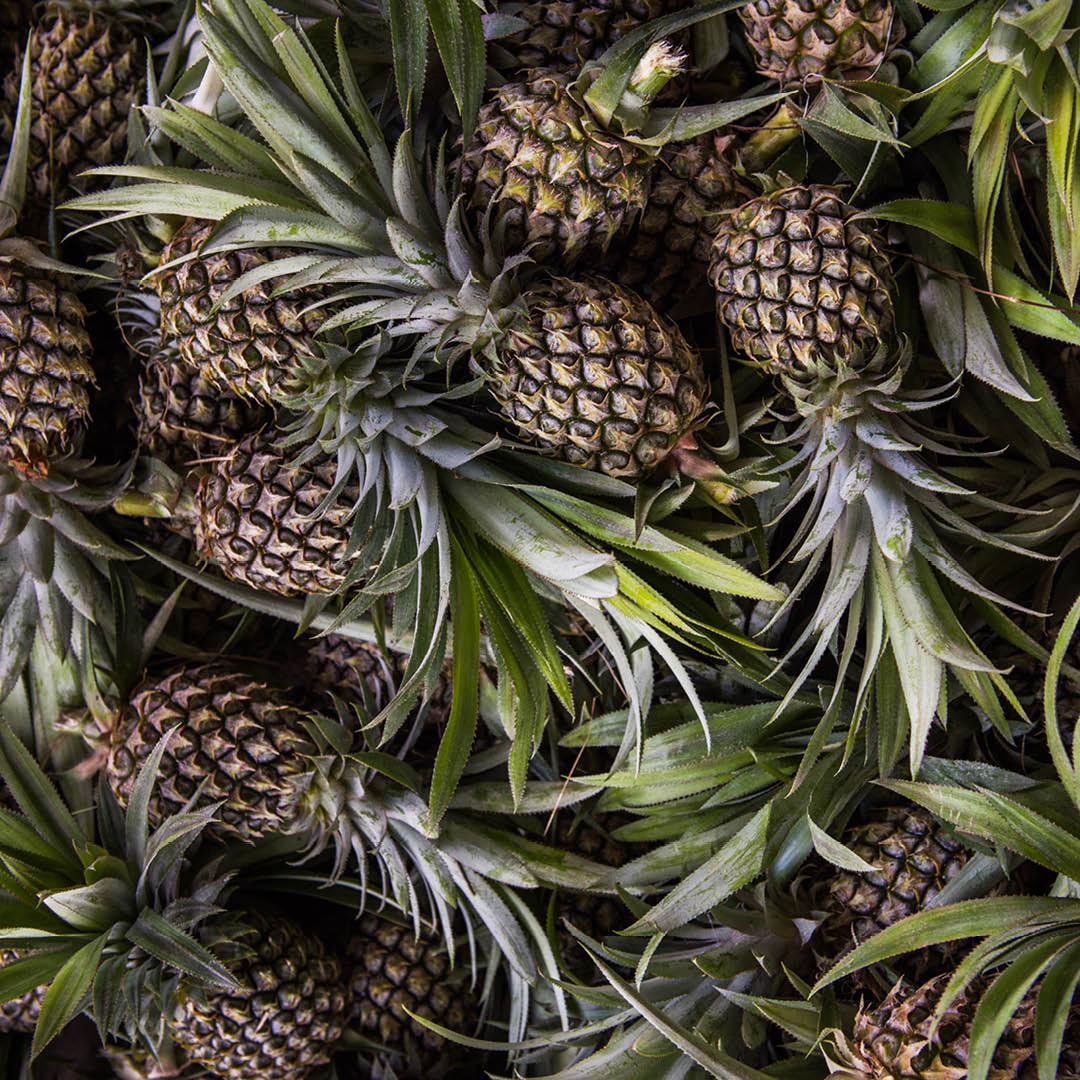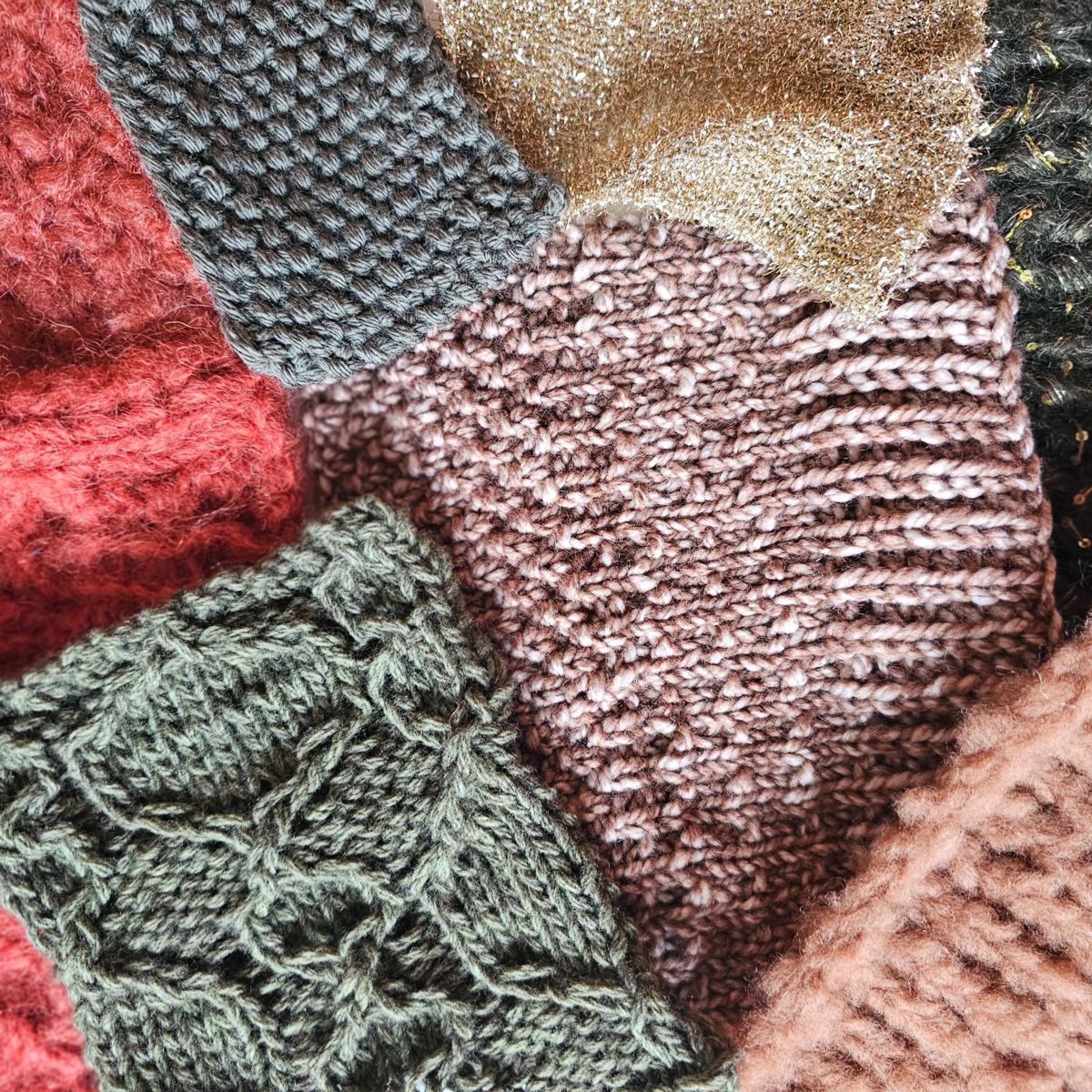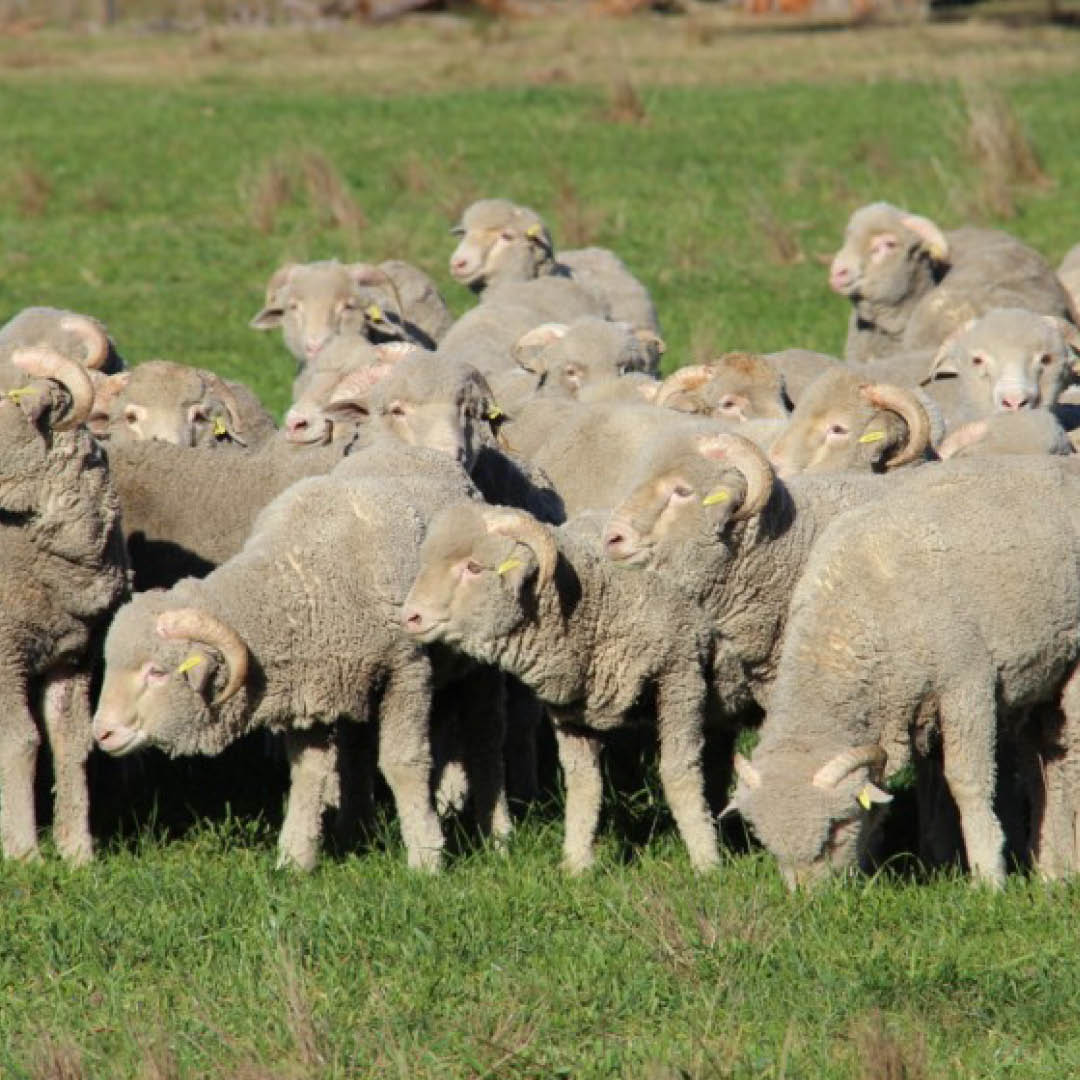Different dyes and processes are used, both in the industry and for hand-dying, depending upon the composition of the yarn concerned. Plant fibres are processed using reactive dyes. But, as our RAW yarns are composed of animal fibres, we are going to concentrate on acid dyeing here.
Acid dyes take their name from the fact that acid and heat is needed to fix the colour. So we work with vinegar or citric acid for hand-dyeing.
For our experiments we have used dyes from Ashford, which are available from craft or yarn specialists. Other well-known brands include Dharma or Jacquard.
Acid dyes come in pigment form - in the form of a powder, that is. For certain effects (e.g. speckling), you use the powder as it is, but for most purposes you make up a dye solution. We produced good results with the recipe below, but every dyer has their own recipes and methods…
Recipe for dye stock (1 % solution):
100 ml hot water
1 g acid dye in powder form (Ashford Wool Dyes)
Pour the water into a screw-top jar or plastic bottle and dissolve the dye powder in it. The amount of water and powder can be adjusted proportionally. We made a separate jar for each base colour (the solution is easily stored this way), so we could combine them in another container, as required.
As we are talking about a fine powder with acid dyes, it is recommended that you wear a mask as long as you are working with it. There is no longer a danger of breathing in any particles once it has dissolved in water.
Also please note that any pots, spoons, glasses, etc., that you have used for dyeing should not be used for food.
In the next post we will begin looking at various dyeing techniques, with tips on things to consider when you use hand-dyed yarns for knitting or crochet:
- Dyeing with acid dyes – immersion dyeing
- Dyeing with acid dyes – hand-painting yarn & speckles
- Working with hand-dyed yarns
You can find out more about our RAW yarns here.
Categories
- Current Projects (8)
- Books (2)
- Knitting patterns (29)
- Knitting techniques (11)
- Knitwear Trends (26)
- Textile dictionary (44)

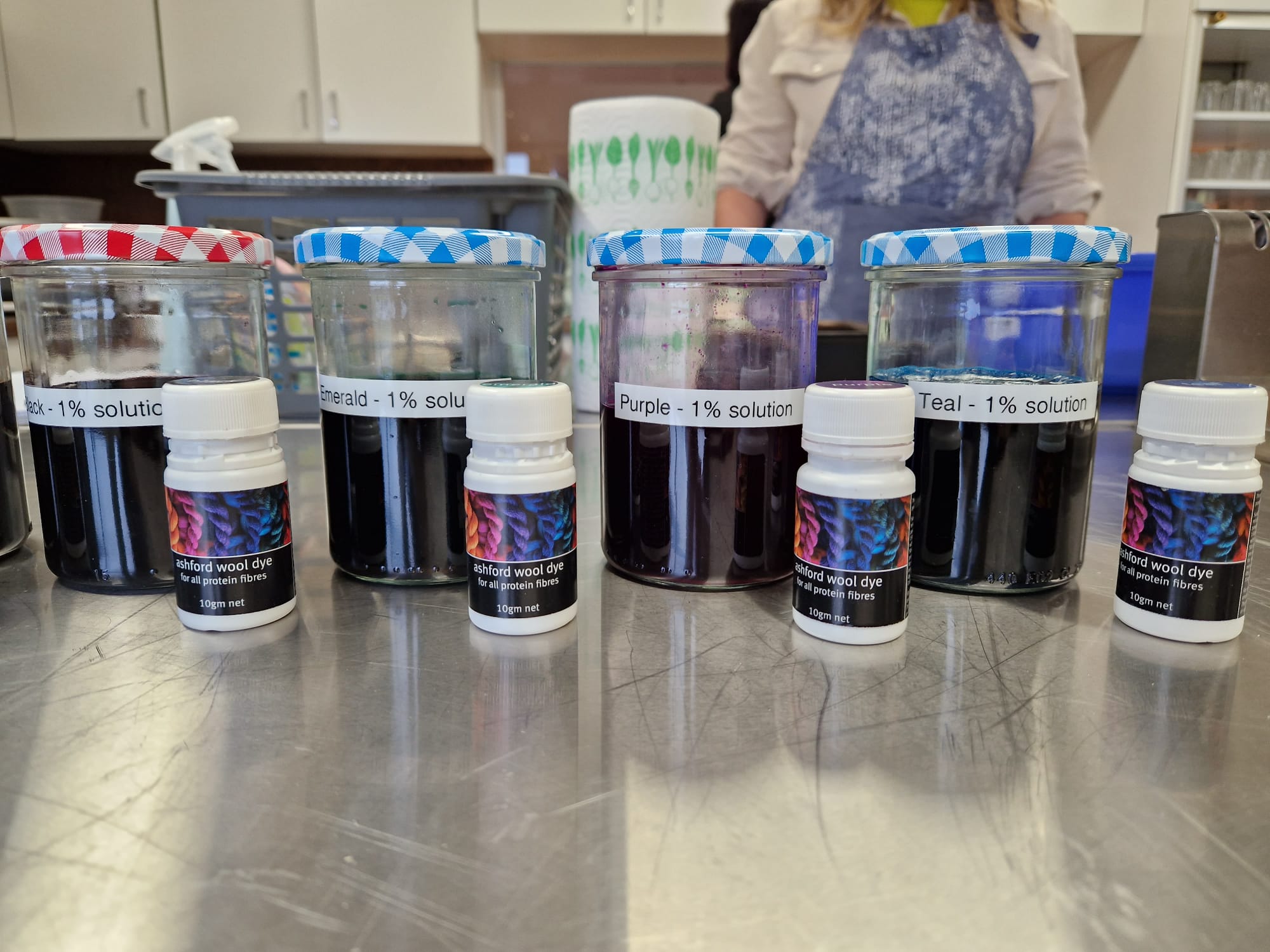
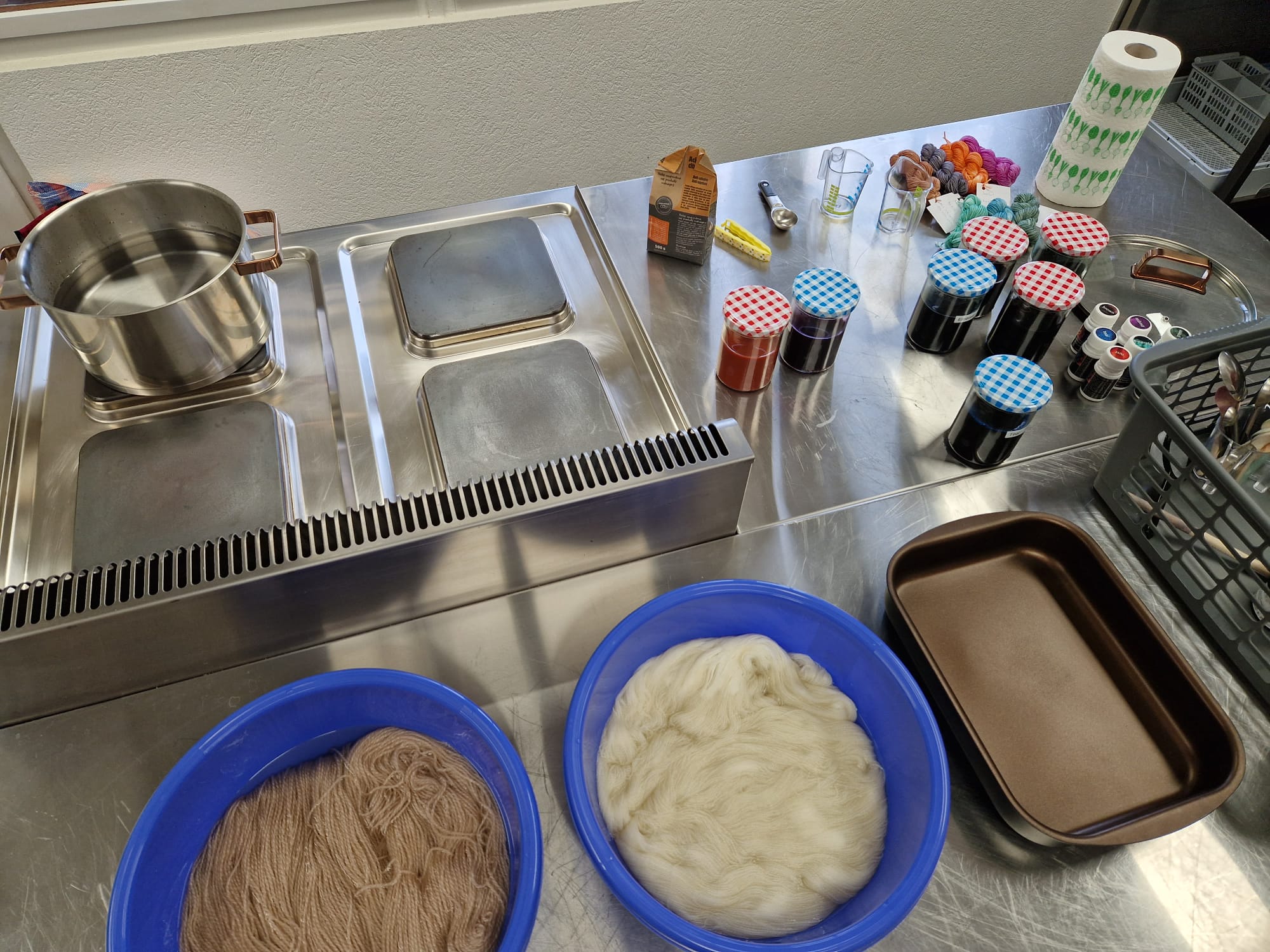
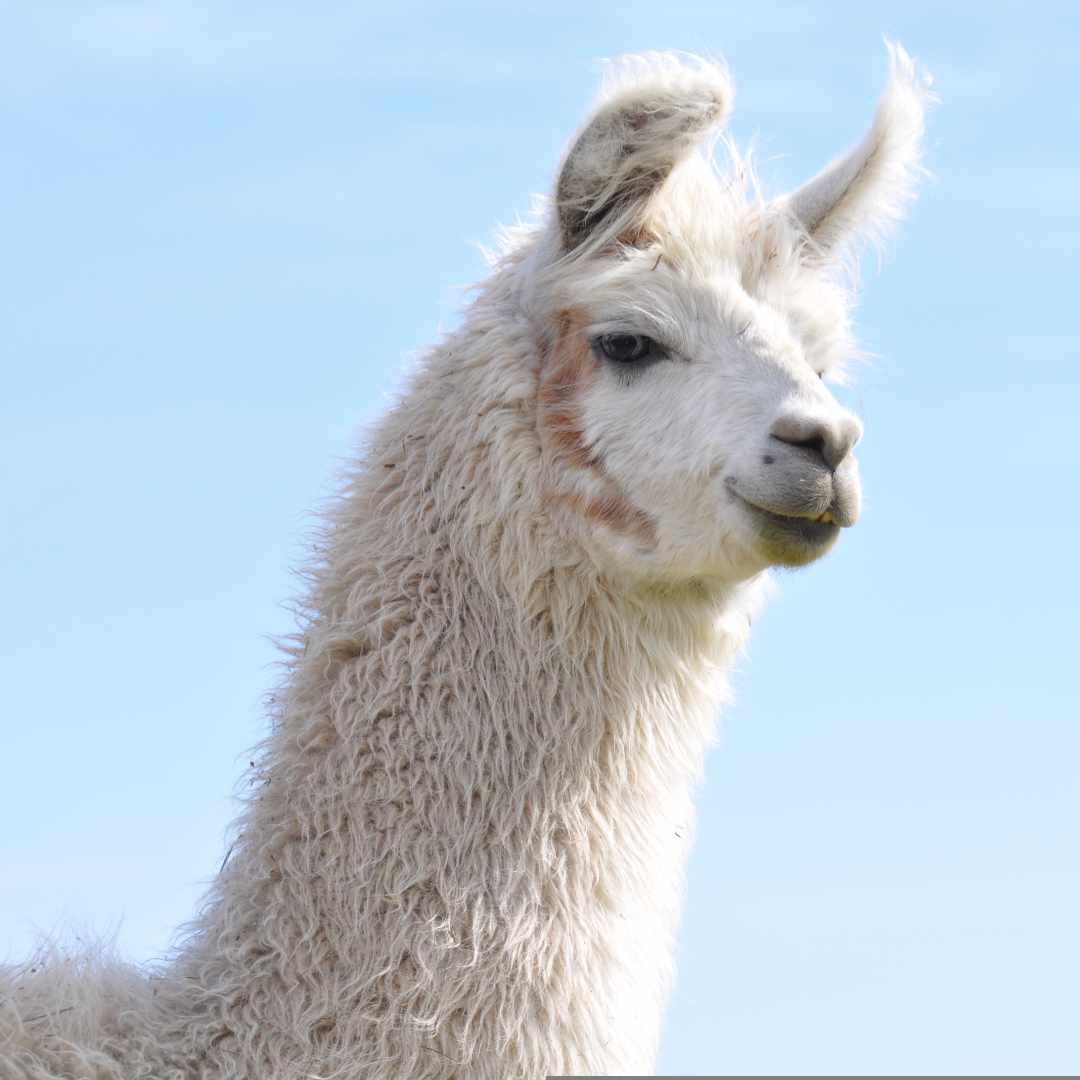


.jpg)
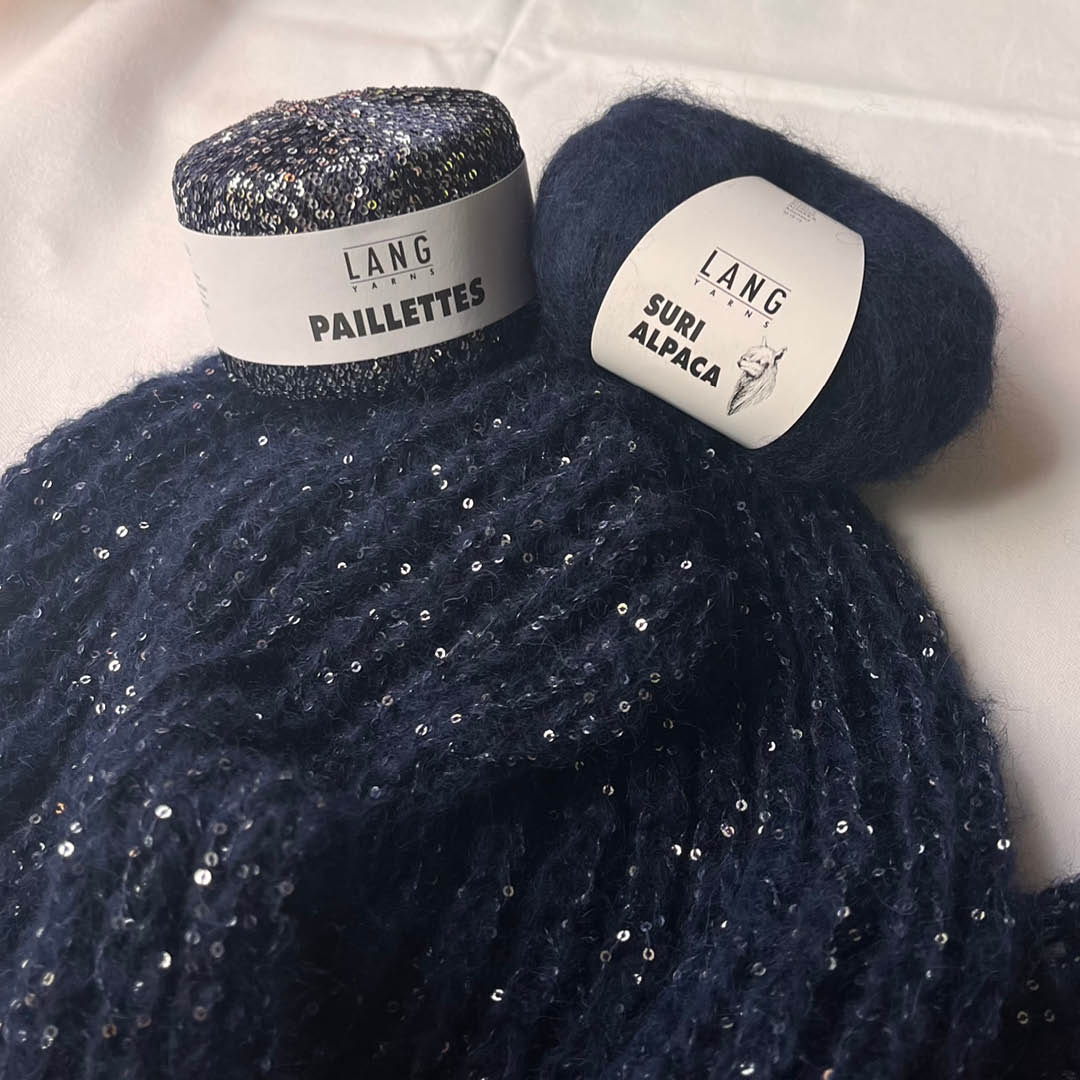
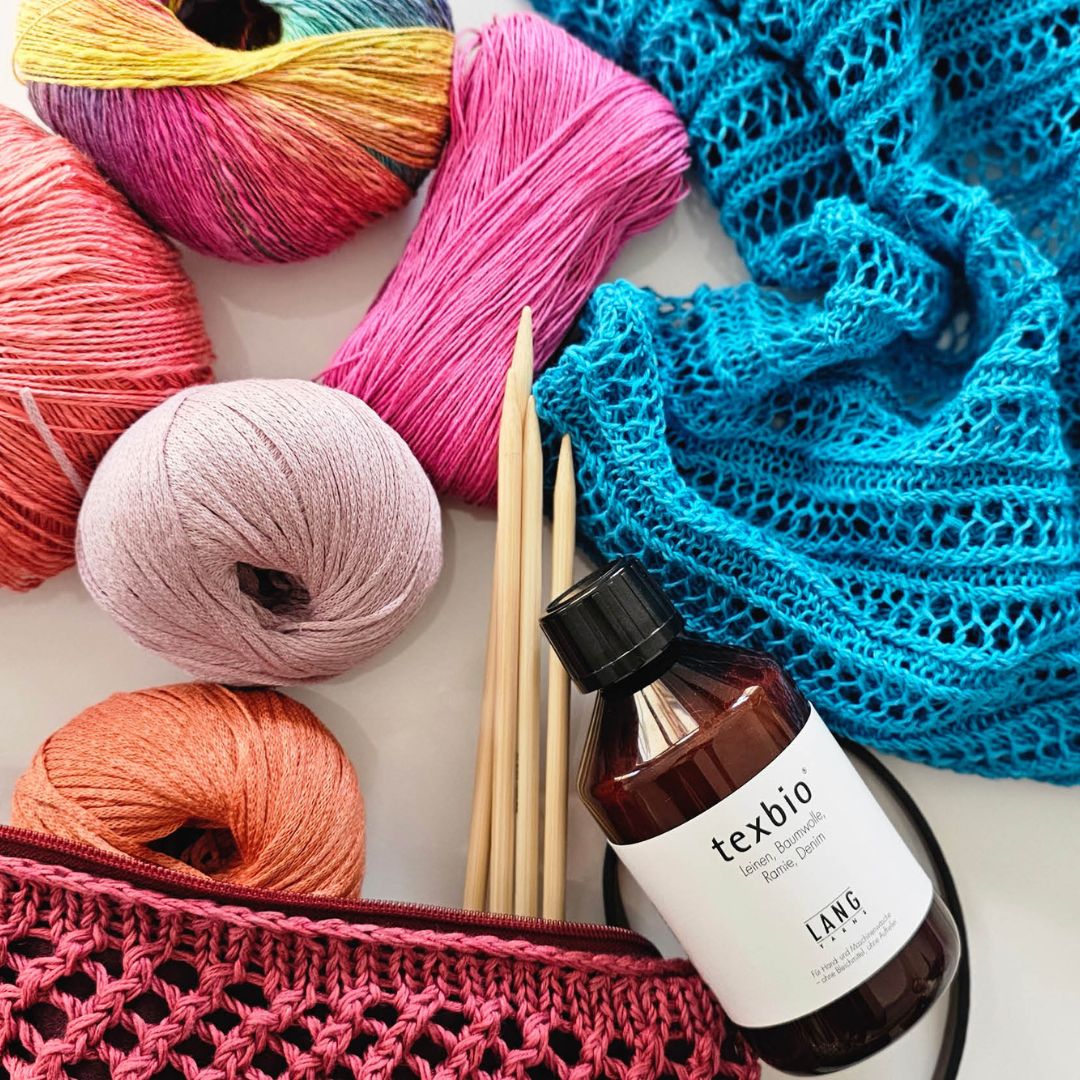
.png)
